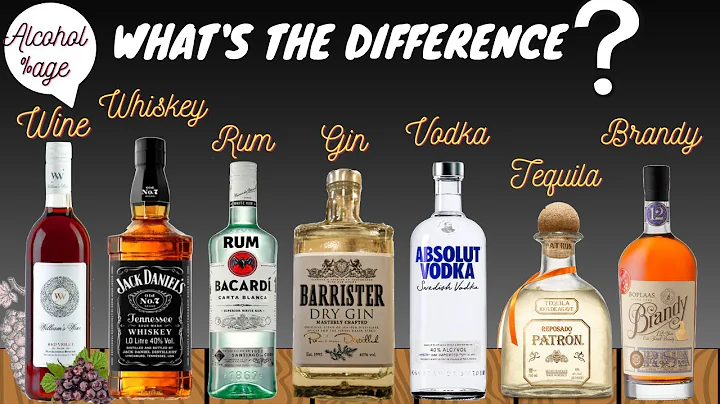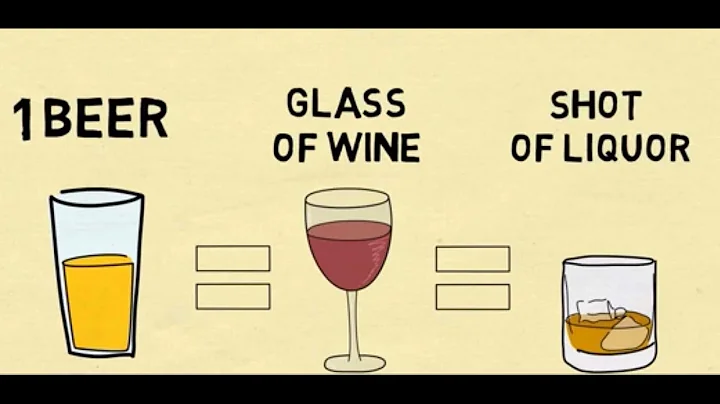Many wine lovers regard "pure grain wine" and "grain wine" as the criteria for judging good wine. This point of view has been exploited by liquor manufacturers, so various low-end wines are labeled as "pure grain wine" and "grain wine" The coats are loudly sold, because they are really pure grain, so I swear to God, I am not afraid of being struck by lightning.
However, have you ever thought about it: raw materials are only the most basic conditions for the quality of any product, and technology is the more important determining factor. Just like using the same ingredients, you just can't make it taste like a hotel. Therefore, if you only use "pure grain" as the standard, you will be trapped.

So what kind of "pure grain" wine can be considered a good wine? Only pure wine that meets the four conditions is considered good wine. The specifics of
are very complicated, but generally speaking, it can be divided into four core foundations: pure grain, technology, Daqu, and solid state.
Pure grain is both the bottom line and the threshold of good wine.

In China, there are countless types of food. The quality of food grown in different regions and different climates is also different. The quality of wine brewed from these different qualities of grain will also vary greatly.

There are four mainstream brewing processes for Maotai-flavor liquor: Kunsha, crushed sand, turned sand, and stringed sand. The "sand" mentioned here does not refer to the sand we commonly see by the river, but to sorghum.
Because sorghum is small and red in color, it is called "sand". The so-called kunsha, broken sand, turned sand, and stringed sand are all adjectives for the way grain is processed. The best of them is kunshafa.
Kunsha method is the often heard 12987 process
"Kunsha" refers to complete sorghum. "Kun" is transliterated from Guizhou dialect . The locals pronounce "whole grain" as "bundled seeds (kǔn zǐ)".

But in actual operation, about 20% of the sorghum will be crushed for better fermentation.

Features : Low wine yield, long time consumption, high cost, but slow work results in fine work, and the best wine quality.
Taste : Because the raw materials have been deeply fermented and the metabolites of microorganisms are the most, the resulting wine has a rich sauce aroma and rich taste, and has the characteristics of becoming more fragrant with age.
represents wine : Feitian Moutai, Lai Zhengheng and so on.

Qu is the bone of wine
Distillery Qu is also called Qu Yao. Traditional liquor brewing generally uses Daqu, followed by Xiaoqu and Fuqu.
Daqu is also called brick song and block song. It is a lump of koji made by crushing grains, adding water, stirring and pressing. Different grains are used, and the flavor substances produced by the koji are also different.
The production of distiller's yeast is actually a process of directional selection and cultivation of microorganisms, which involves many factors such as environment, season, region, microbiome, etc.

Solid-state fermentation method

The difference between solid-state fermentation, the important thing is that water does not need to be added during grain fermentation, but the grain must be soaked and moistened in advance. During the entire brewing process, water needs to be added here. In the following process, the raw materials for brewing: grain are all presented as solid particles. That’s why it’s called solid state fermentation. This is a traditional Chinese fermentation method.
Traditional liquor solid-state fermentation, solid-state distillation, and unique steamer and barrel equipment are all important factors in the formation of liquor flavor just like Daqu. The steamer barrel is in the shape of a flowerpot, with a small bottom and a large mouth. Compared with traditional European copper pot stills, the steamer barrel distillation equipment is extremely simple and cheap.
However, the solid-state distillation of the retort barrel forms a packed tower with countless layers. The alcohol vapor generated by heating in the lower layer is cooled by the fermented grains in the upper layer. This progresses upward little by little: constantly alternating hot and cold exchanges, constantly alternating separation and concentration. , gasification and liquefaction, various substances and multiple phases in the retort are mixed together, and a series of extremely complex physical and chemical reactions occur.
Based on the above four points, pure grain, technology, Daqu and solid state, the four complement each other to create our liquor.Pure grains are only the basis. If we only use pure grains as the quality standard for liquor, there is basically no standard. Technology, Daqu and solid state are crucial factors in determining the flavor characteristics of liquor.





















